Biology 30 - Unit 2 Booklet 1: Molecular Biology (Questions)
1/41
There's no tags or description
Looks like no tags are added yet.
Name | Mastery | Learn | Test | Matching | Spaced |
|---|
No study sessions yet.
42 Terms
What was Rosalind Franklin’s contribution to the discovery of DNA?
Took x-ray diffraction patterns of DNA and suggested that the shape was a double helix based on her pictures
What were James Watson, Francis Crick, and Maurice Wilkins’ contribution to the discovery of DNA?
Watson and Crick published the discovery of the structure of DNA, and along with Wilkins they received the Nobel Prize for determining the molecular structure of DNA
What is the shape of DNA?
Double helix
What is a nucleotide composed of?
A sugar, a phosphate, and one of four nitrogen bases
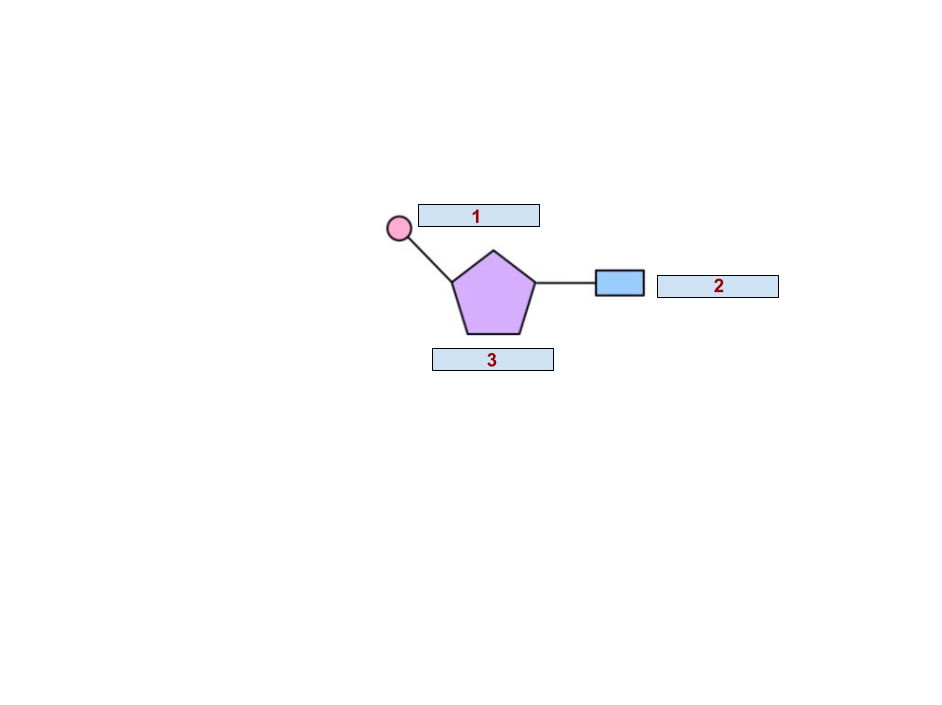
1 (DNA)
Phosphate
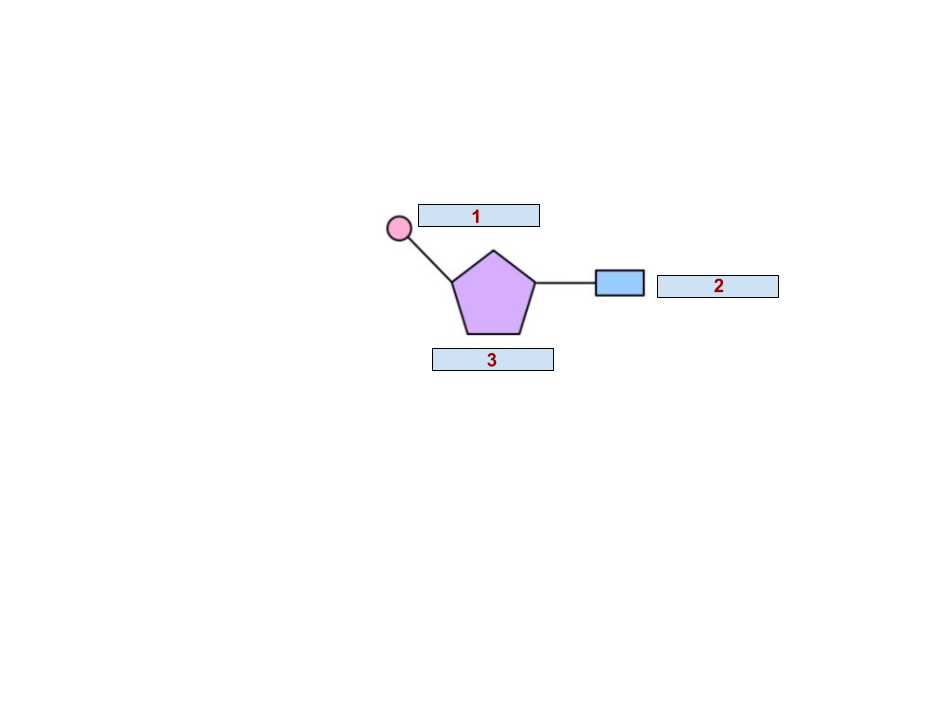
2 (DNA)
Nitrogen base A, C, G or T
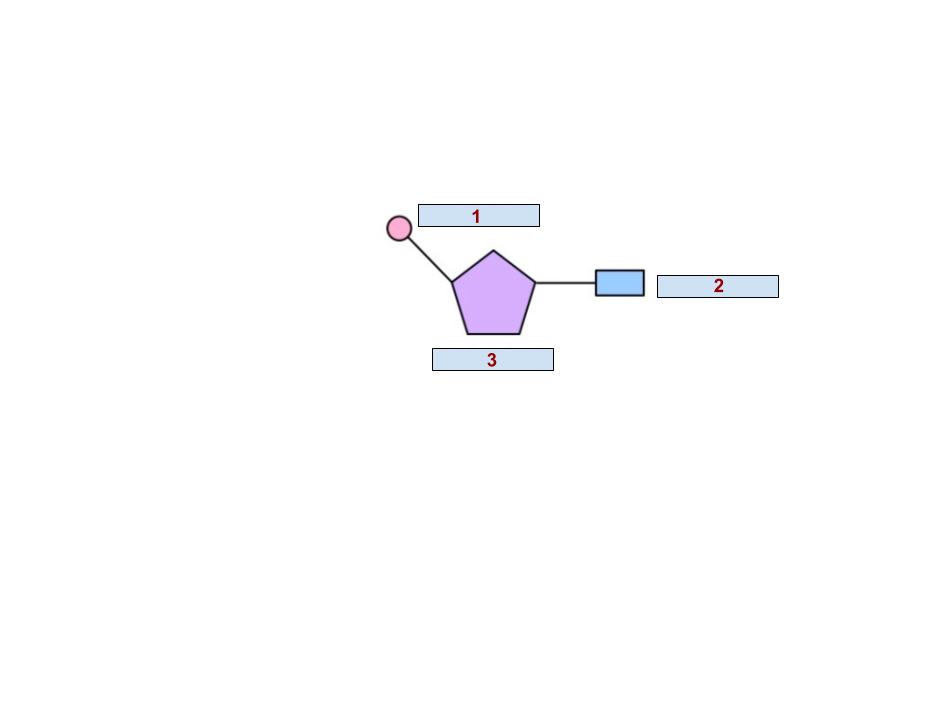
3 (DNA)
Deoxyribose sugar
What are the four nitrogen bases in DNA?
Adenine (A), thymine (T), cytosine (C), guanine (G)
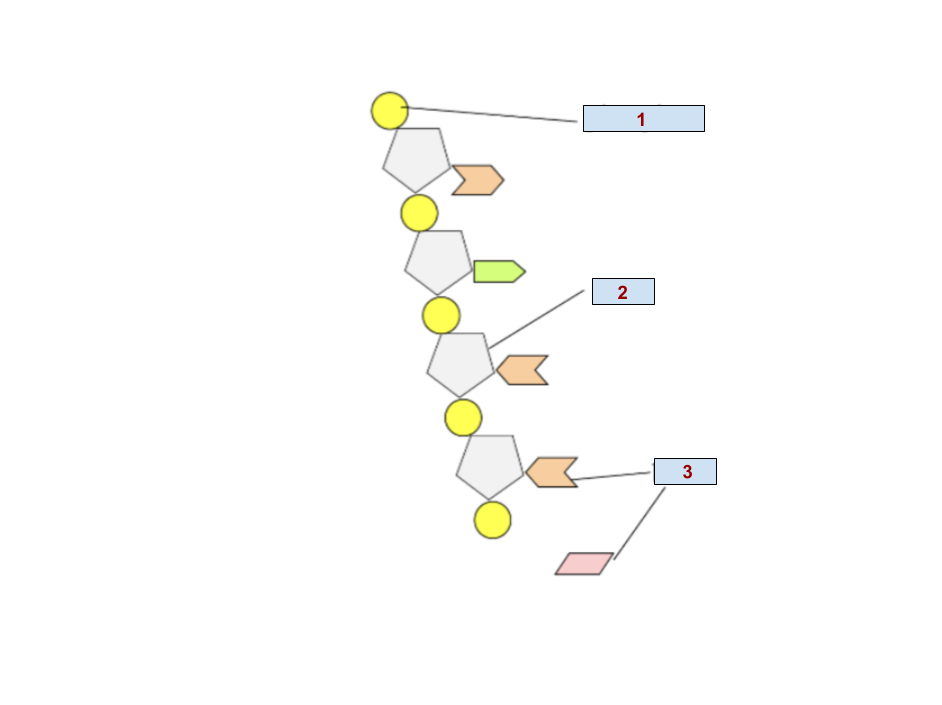
1
Phosphate
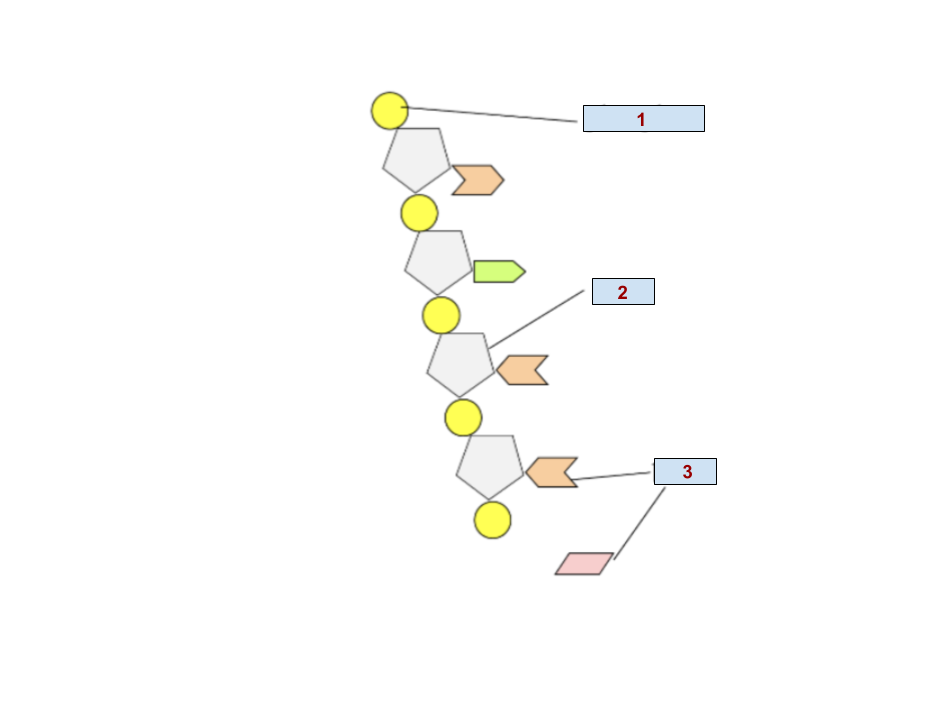
2
Deoxyribose

3
Nitrogen base
Using a ladder analogy, what is the anatomy of a strand of DNA (type of ladder, backbones, rungs)
The shape of a DNA strand is a double helix, which resembles a twisted rope ladder. Alternating deoxyribose and phosphate molecules form one backbone of the ladder, while the nitrogen bases form the rungs. Two complimentary strands (backbones) will form one double helix (full ladder)
How are nitrogenous bases from one spine of DNA connected with bases from the other?
Hydrogen bonds
What are the complementary rules of nitrogen base bonding in DNA?
Adenine will only bond with thymine, guanine will only bond with cytosine
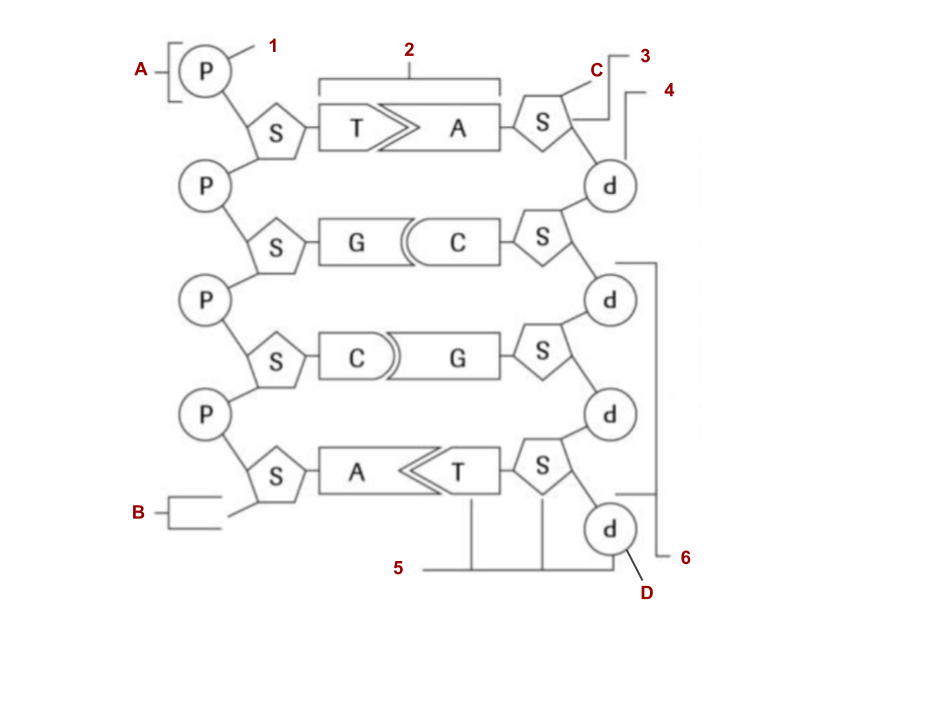
1
Phosphate
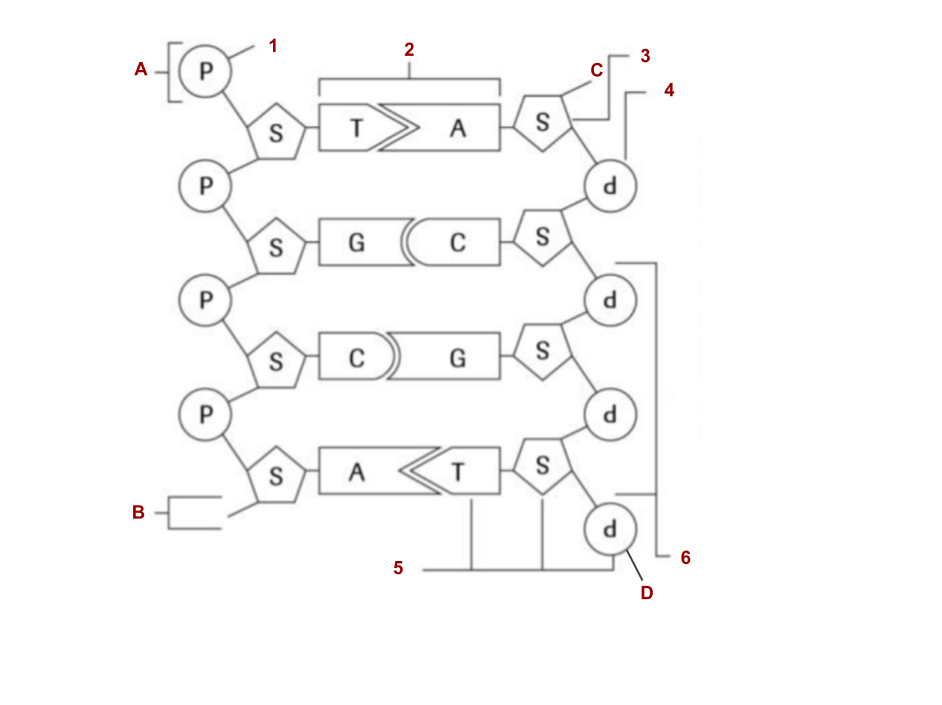
2
Base pair
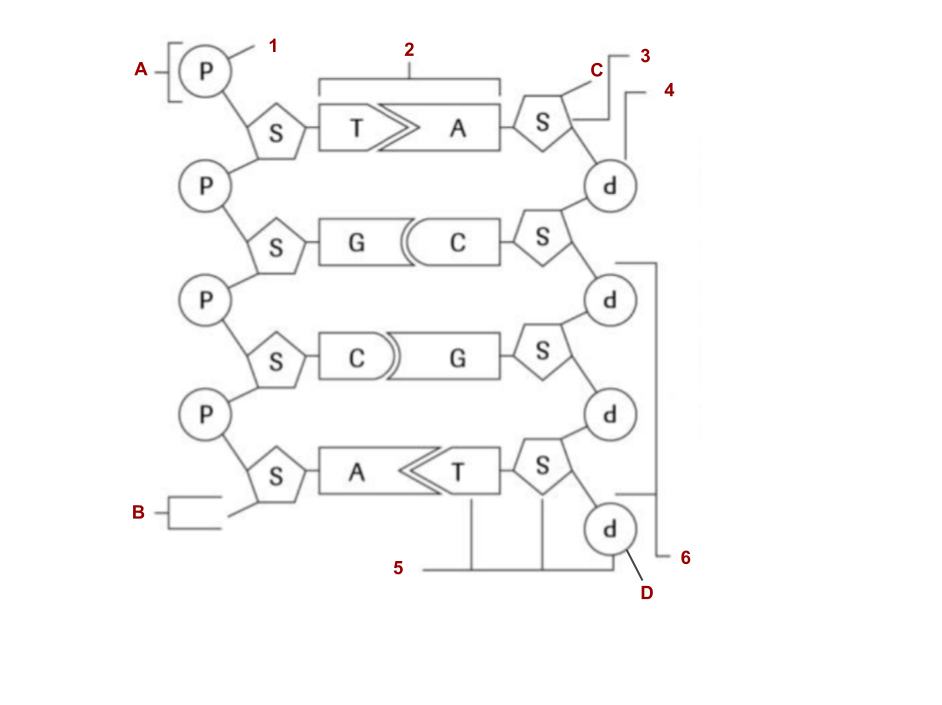
3
Deoxyribose
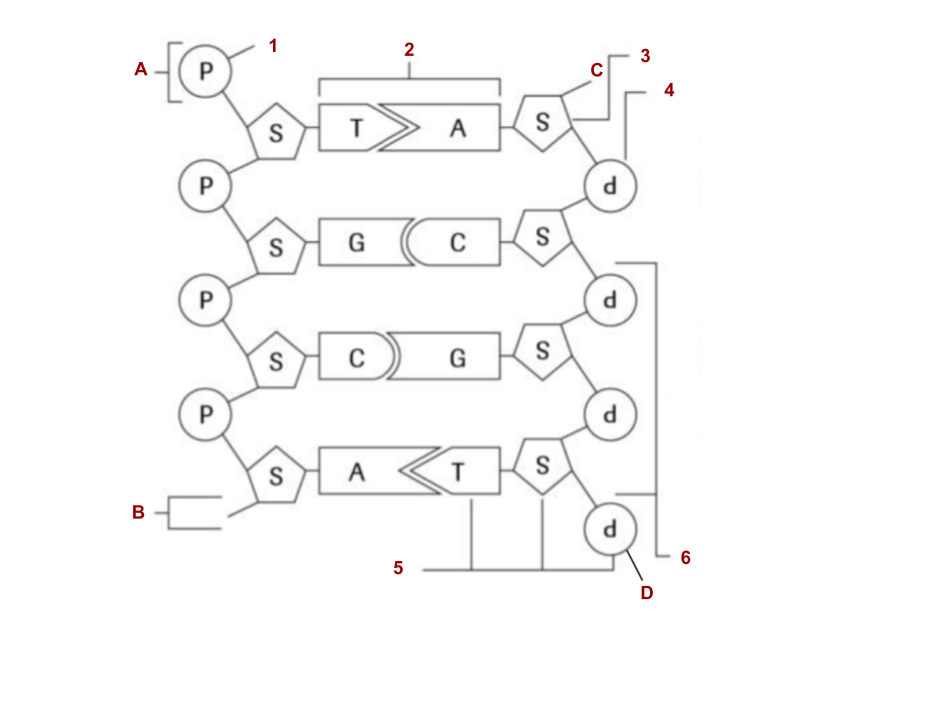
5
Nucleotide
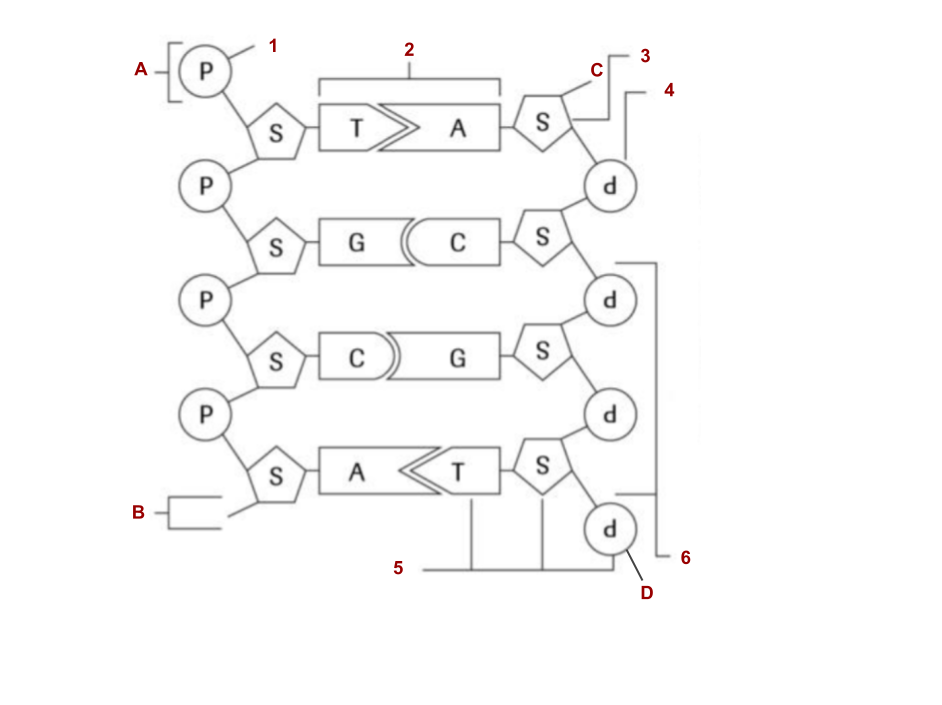
6
Covalent bonds
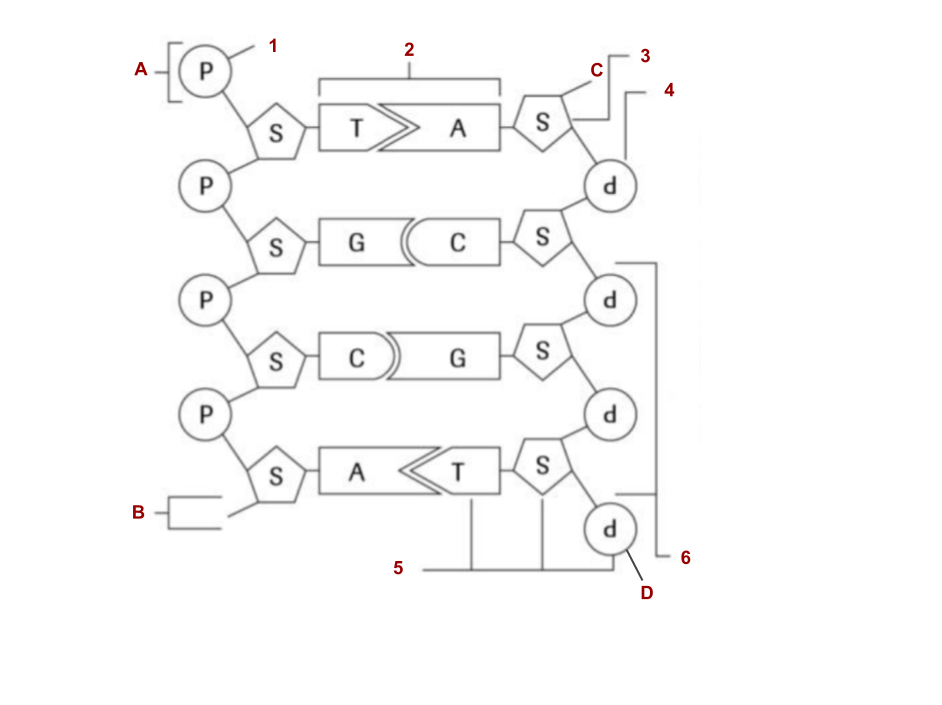
Orientation at A?
5’
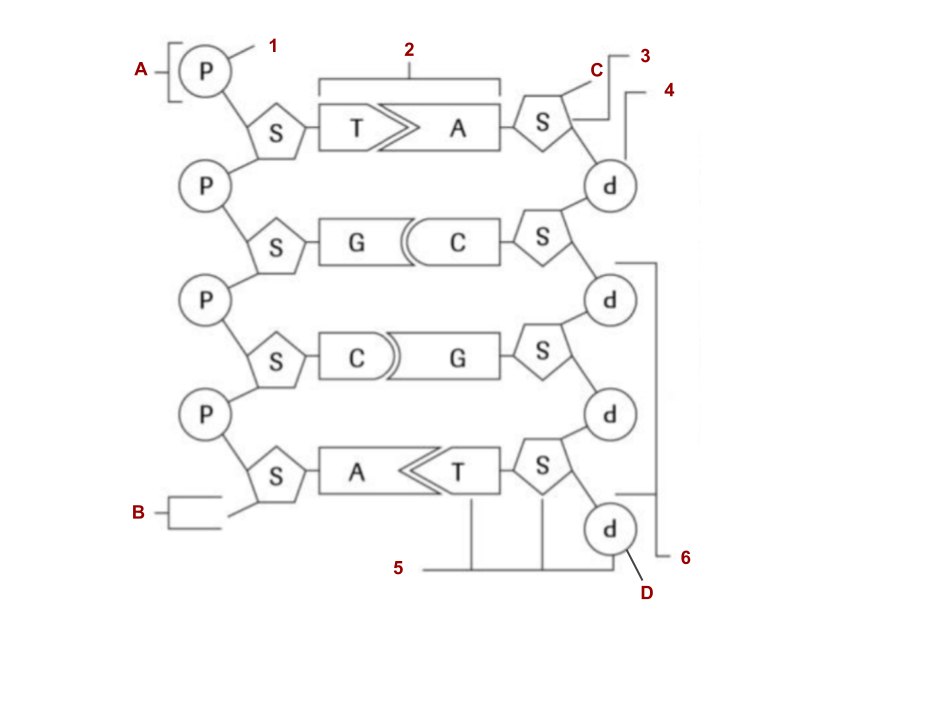
Orientation at B?
3’
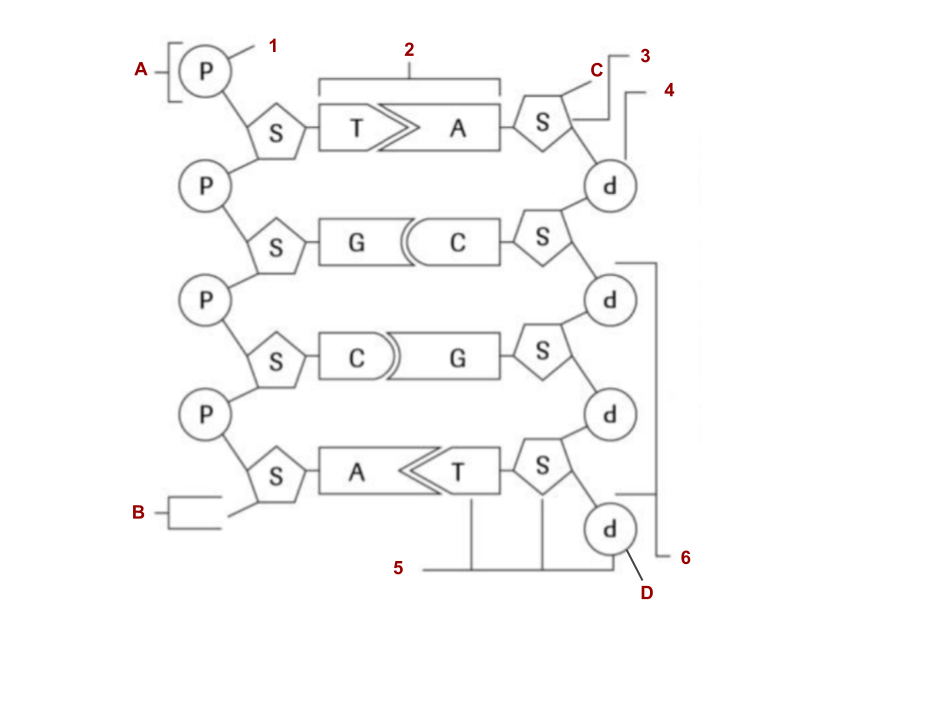
Orientation at C?
3’
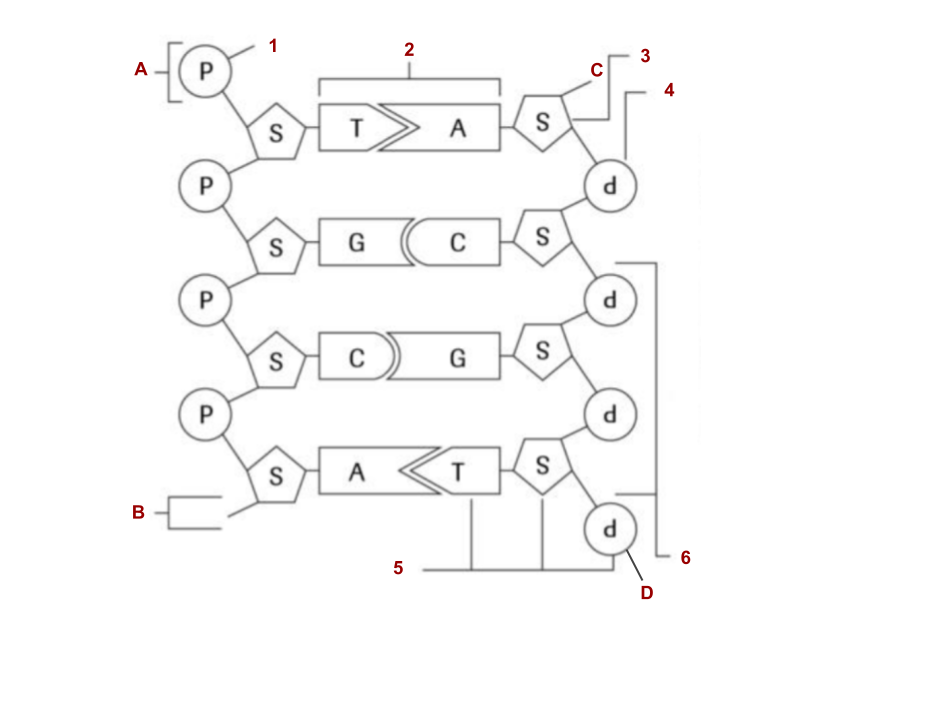
Orientation at D?
5’
Why does DNA need to create an exact duplicate of itself?
Regeneration and growth of cells, maintenance and uniformity of existing cells
What determines what the sequence of nucleotides in a daughter strand will be?
The sequence in the parent strand, based on base pair rules (A-T, C-G)
In what direction do enzymes travel on a DNA strand?
5’ to 3’
Describe the general process of semi-conservative replication.
Helicase unzips the hydrogen bonds between nitrogen bases of two conplimentary parent strands, causing the strands to separate but each parent strand to remain intact. An RNA primer is attached to the 5’ side of the corresponding template (parent) strand, guiding DNA polymerase 3 to its starting point. Free-floating bases match up with complementary bases on the parent DNA strand via base pair rules, which are attached to the daughter chain by DNA polymerase 3. Once the DNA polymerase 3 finishes creating a strand, DNA ligase glues the sugar-phosphate backbone and DNA fragments together, forming 2 new semi-conservative strands
Describe how the leading DNA strand is formed.
The leading strand is formed on the 3’ side of the template strand, which will be the 5’ side of the daugher strand. DNA polymerase adds nucleotides to a daughter strand from 5’ to 3’ only, so it is able to continuously create the leading strand.
Describe how the lagging DNA strand is formed.
The lagging strand is formed on the 5’ side of the template strand, which will be the 3’ side of the daugher strand. DNA polymerase adds nucleotides to a daughter strand from 5’ to 3’ only, so it is unable to continuously create the lagging strand. The RNA primer is built starting on the farthest distance that helicase has unzipped (5’ side), and a fragment of the lagging strand is built from 5’ to 3’. During this time, helicase will further unzip the DNA strand, allowing a new RNA primer to be built at a farther 5’ area. DNA polymerase 3 will be use this primer as a new starting point, building a new fragment of the lagging strand. Once the lagging strand is completely built using these fragments, DNA polymerase 1 cuts out any remaining RNA primers and replaces them with the appropriate nucleotides
How do DNA and RNA differ in terms of structure?
DNA is double stranded with a deoxyribose sugar base and ATGC nitrogenous bases, while RNA is single-stranded with a ribose sugar and nitrogenous bases AUGC
How do DNA and RNA differ aside from structure?
DNA has only two types, is found in the nucleus, and can self-replicate; RNA has multiple types, is found in the cytoplasm, and cannot self-replicate
Why can’t DNA fulfil the role of RNA?
DNA can’t leave the nucleus, so it creates RNA that can leave the nucleus in order to execute protein synthesis
What are the four nitrogen bases in RNA?
Adenine (A), cytosine (C), guanine (G), and uracil (U)
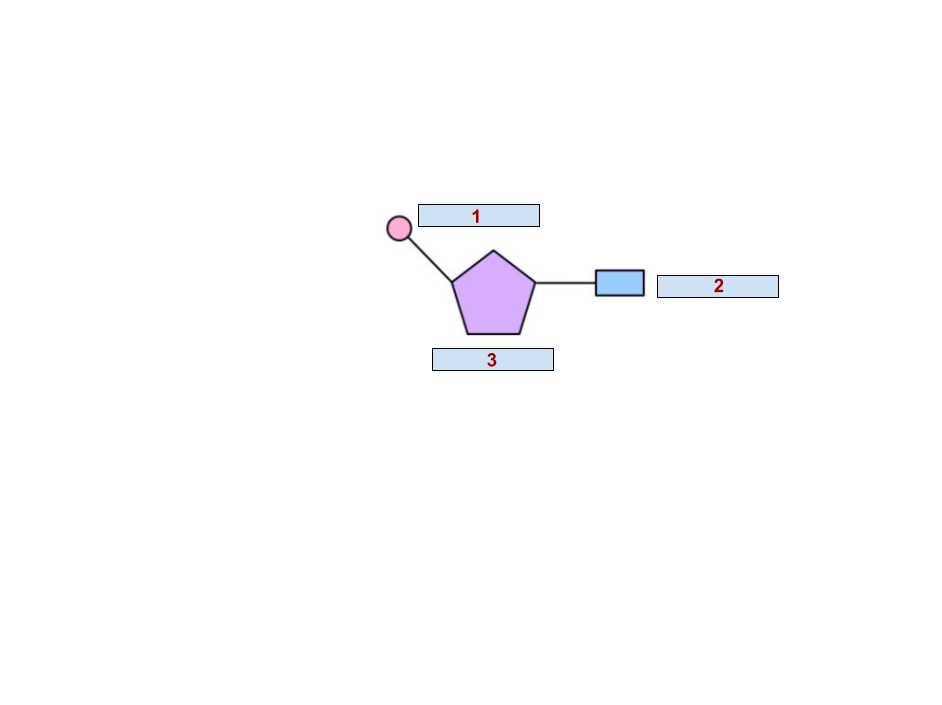
1 (RNA)
Phosphate
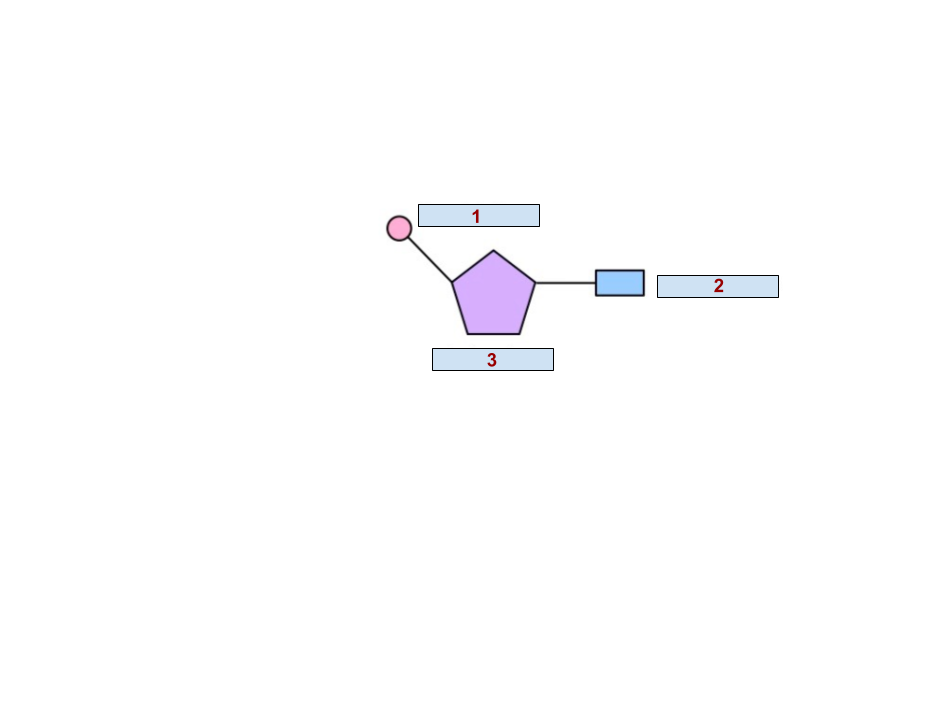
2 (RNA)
Nitrogenous base A, U, G, C
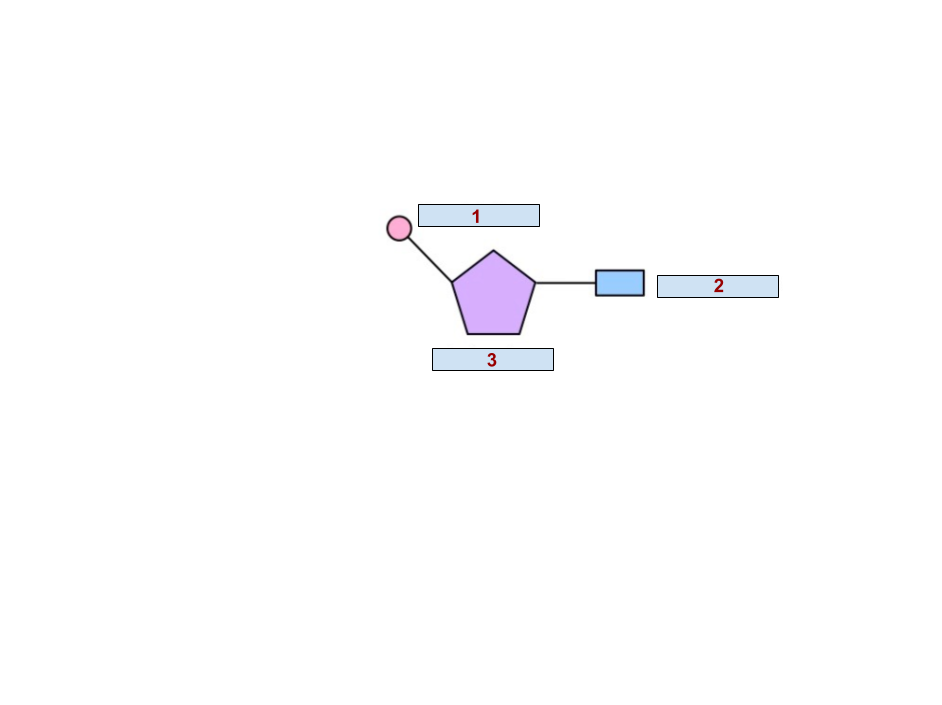
3 (RNA)
Ribose sugar
What is the role of DNA in protein synthesis?
The sequence of nitrogenous bases of DNA determines which protein will be made, but it does not leave the nucleus
Describe the process of transcription.
Double stranded DNA unwinds by RNA polymerase, which transcribes (reads) only one strand of the double helix. RNA polymerase adds the appropriate messenger RNA nucleotide to create a single-stranded mRNA strand in the 5’ to 3’ direction. When a stop signal/terminator sequence is reached transcription stops, and the mRNA moves to a ribosome out in the cytoplasm
What are the characteristics of codons?
Redundancy (several codons for each amino acid), continuous (no punctuation or spaces in code), universal (all organisms use the same amino acids and proteins)
Describe the process of translation.
After transcription, mRNA arrives at a ribosome in the cytoplasm made up of two subunits, These subunits attach to the mRNA, and a start codon on the mRNA will start the translation process. tRNA in the cytoplasm will bring the correct amino acid to the mRNA codon through an anticodon that is complementary to the codon. Amino acids are put together line a chain, held together with peptide bonds, and they are build in sequence of the gene until a stop codon turns off translation
What are the types of genetic mutations?
Insertion, deletion, substitution
Describe the process of making recombinant DNA.
The desired gene is isolated and cut out of the DNA by using a restriction enzyme. This same enzyme opens a plasmid and the isolated gene is inserted into the plasmid using a ligase enzyme. This new DNA is recombinant DNA, and the plasmid containing it is absorbed by a bacterium that will produce clones containing the recombinant DNA. Bacterial cells procude the protein coded by the foreign gene, and desired protein can be isolated and purified from the culture.